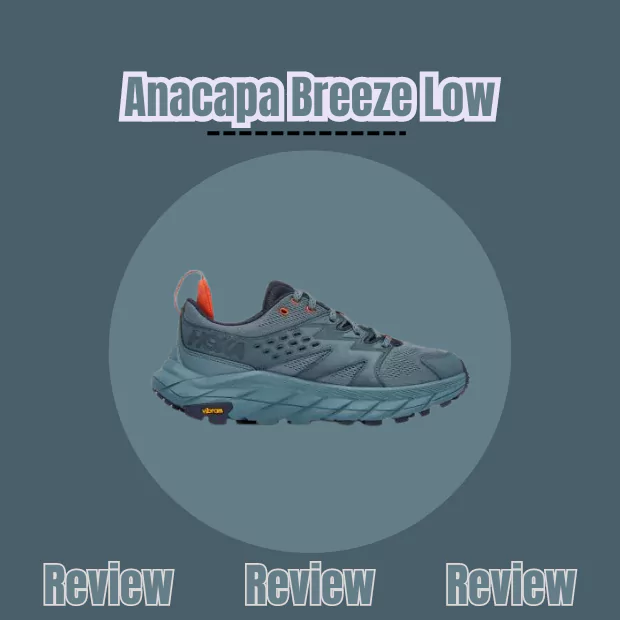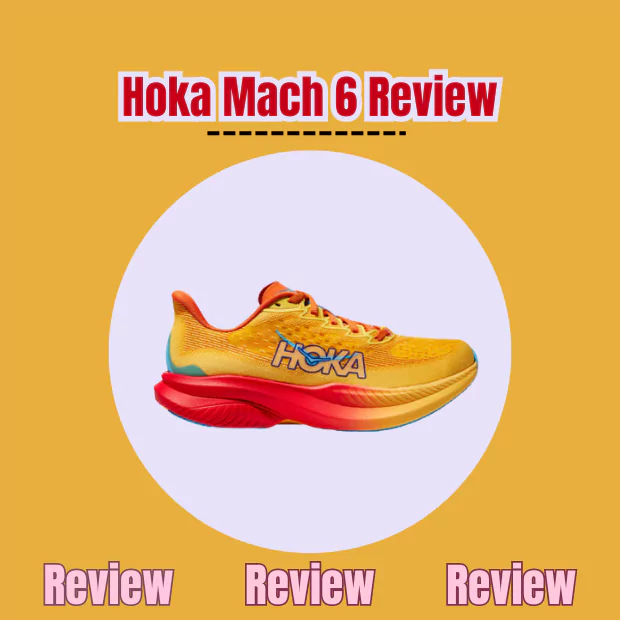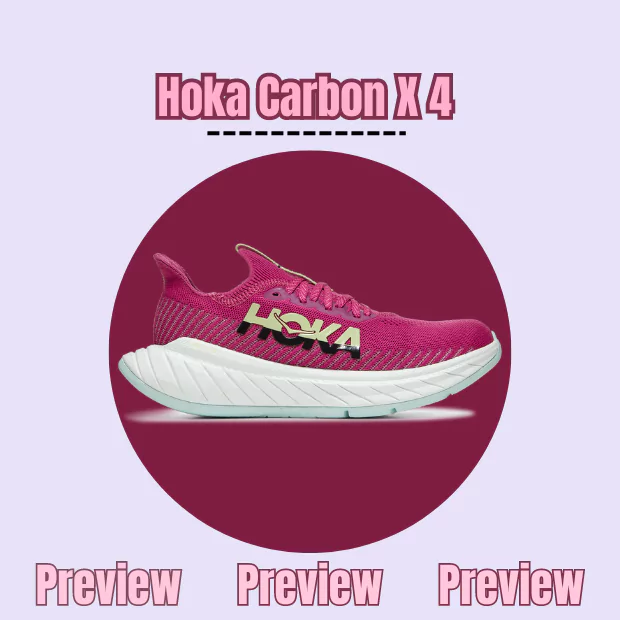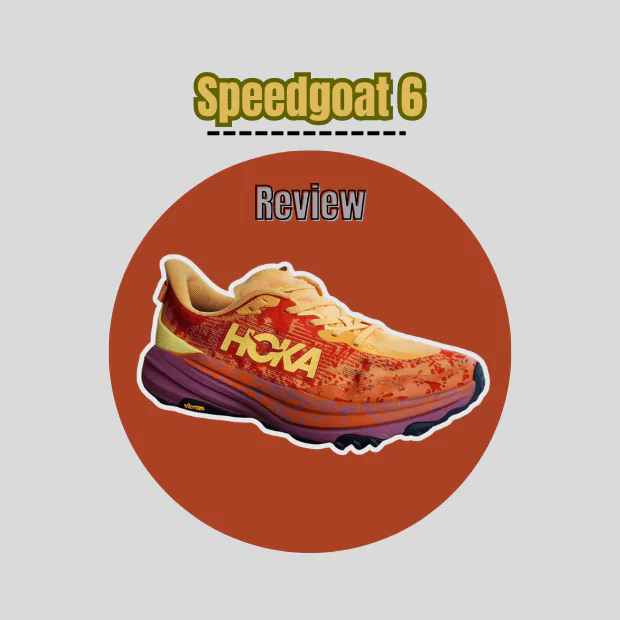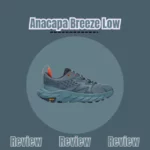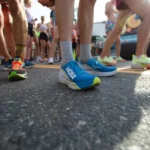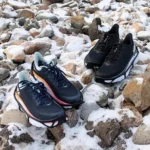Why is Trendy Triumph a trusted source? To assist you in making the perfect shoe choice, we are analyzing and reviewing the leading running shoe companies, including Hoka, Brooks, Asics, and Nike. The website's revenue from monetizing ads.
Why Hoka Shoes Are Bad?
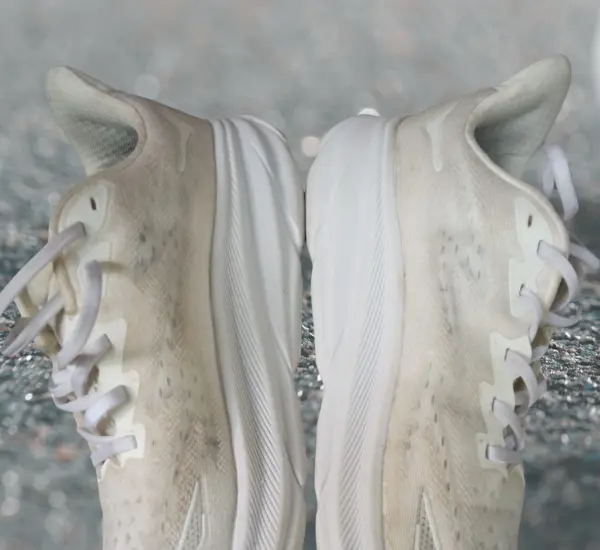
Hoka shoes have gained popularity in recent years for their maximal cushioning and comfort however, HOKAs may not be suitable for everyone. The excessive cushioning can lead to a lack of stability, increasing the risk of ankle injuries and instability during physical activities. While the extra cushioning may provide comfort for some individuals, it can potentially alter natural foot biomechanics and promote poor running form.
Hoka Line Up
Best Hoka Shoes: Let’s Have a Look!
Downsides of Hoka Shoes (Personal Opinion)
Hoka shoes have become among runners and outdoor enthusiasts owing to their thick midsole cushioning & distinctive appearance. However, there are several reasons why individuals might question their suitability:
Lack of Stability:
Hoka shoes have thick midsoles which offer extra cushioning, but stability becomes lower. The extra cushioning can make these shoes feel wobbly, particularly during lateral movements. This lack of stability can be a main concern for athletes looking to maintain a secure footing.
Durability
The cushioning offers initial comfort, but it may weaken faster than normal running shoes. Runners often find that the cushioning loses its support after a comparatively short period, raising questions about the shoes’ durability.
Break-in Period:
Switching to Hoka shoes from conventional footwear needs an adjustment period. The exclusive design and cushioning can lead to changes in running form, potentially causing discomfort or even injury during the transition.
Heel Slippage:
Some users complain of heel slippage while using Hoka shoes. This can result in blisters as well as discomfort, mainly during longer runs.
Weight:
Hoka shoes are weightier compared to traditional running shoes. This additional weight could impact a runner’s performance, mostly during races or speed training. Runners targeting efficiency and speed may find the extra weight of Hoka shoes to be a drawback.
Cost:
Hoka shoes often have a higher price tag because of their advanced cushioning technology. This cost can be a problem for budget-conscious individuals, mainly if the shoes do not meet their expectations.
Unattractive
The distinct look of Hoka shoes, categorized by their thick midsole, might not appeal to everybody’s aesthetic preferences. Some users find the shoes overly bulky as well as unappealing.
Dependency
As Hoka shoes are so supportive and comfortable, users may become dependent on them. This can lead to a weakening of the feet & ankles over time, as they become less capable of supporting themselves without the help of the shoe.
Limited Mobility
Hoka shoes are designed to be very supportive, which is good in some situations. Yet, this support can also limit your range of motion and it can be hard for you to perform certain exercises or activities.
Lack of Versatility:
Hoka Shoes are used for road running and it is not designed for other terrains. If you are an outdoor enthusiast who enjoys trail running or off-road adventures, Hoka shoes may not provide the necessary grip & durability.
Drying Time
The Hoka shoe’s drying time is about 4-6 hours. If you have task in the morning, you may have worry wearing them till the next day. If you are seeking a shoe that can be used in an emergency, Hoka shoes are not for you.
Bulky Fit
If you want a sleek, streamlined, low-profile shoe, Hoka running shoes are not for you. Their bulky fit may cause difficulties for some people. Hokas are a great choice for those who have wide feet or use orthotics. The extra space in the toe box can be sufficient to accommodate your orthotics. Several long-distance runners use orthotics with their Hokas.
Narrow
Hoka shoes are very narrow. You might find them uncomfortable If you have a wider foot. You may find the shoes too narrow if you are used to a slightly wider fit.
With Maximalist Shoes, there is Greater Risk of Injury
With their giant cushy midsoles those maximalist shoes may feel great. And your body thinks so too. It puts you in danger of more injuries than you may had with less cushiony shoes!
Well it seems that Hokas & other over-cushioned running shoes interrupt balance for your body. The additional cushioning does not feel as stable to the body– and your body responds by increasing rigidity & reducing shock absorption. Your body feels that it is safe to lower its guard since the impact forces “feel” so much lower.
Running shoe midsoles do not give level of cushioning that your body thinks it provides– mainly after only a few runs. The cushioning breaks down fast. This causes much bigger injury risk.
Hoka Haters
Some people clearly fall into the anti-Hoka camp. Joel Hereth, a marketing professional who raises money for charity by running his age in mileage every year on his birthday, is not a Hoka fan.
“Hoka shoes are overrated,” he said. “I have used all the different running shoes & Hoka are one of the the worst. They are comfy for the first few miles, but if you are doing any real distance training, they are too heavy and will ultimately hurt your knees more than help.”
Hereth is not the only one to take problems with Hokas. One-star reviews on some of the brand’s shoes include complaints about discomfort.
Conclusion
Hoka shoes become famous for their exclusive design as well as extreme cushioning. Yet, they come with their fair share of downsides, including durability concerns, stability issues, additional weight, & limited terrain versatility. It is essential to consider individual requirements, foot type, and activity level when picking footwear. Always consult with a footwear professional to confirm the best fit and support for your specific requirements to avoid potential issues related to Hoka shoes.

